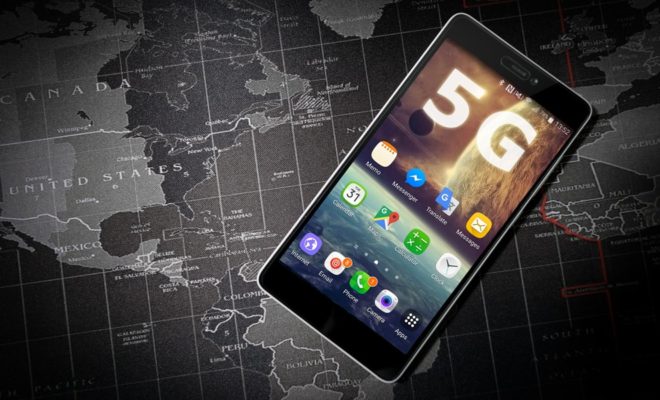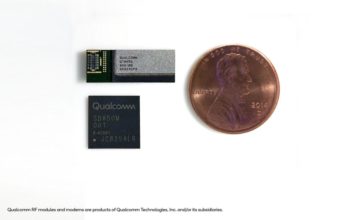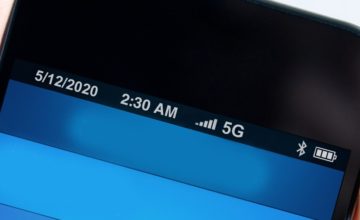5G is finally here. At least the technology is. Consumers still need to wait a little bit longer for 5G enabled smartphones or other 5G capable devices to appear, but that should start happening within the next year now that many of the standards are set. AT&T CEO Randall Stephenson indicated on an investor conference call recently some of the first 5G devices will likely be mobile hotspots, or “pucks” as he calls them, that would provide 5G-backed service to traditional smartphones, as chip makers rapidly work to shrink the new technology into the next generation of phones.
Last week, Verizon claimed to be the first network provider to conduct an over-the-air 5G call on licensed millimeter wave spectrum on a 5G New Radio (NR) system compliant with the first official 5G standards that were released last December by the 3rd Generation Partnership Project (3GPP). 3GPP is a collaboration which unites seven telecommunications standard development organizations. Verizon’s test utilized Nokia 5G network technology on a 5G NR prototype device provided by Qualcomm.
Last month, AT&T announced their bold plans to launch limited 5G this year, and this week announced three of the cities they plan to roll out 5G to: Dallas and Waco, TX, and Atlanta, GA. Also this week, Vodafone and Huawei conducted a 5G call in Spain claiming theirs was the actual first utilizing the most up to date 5G standards. Both T-Mobile and Sprint have pledged to launch 5G mobile services starting in 2019.
Regardless of who is or was actually first, 5G is here, and will completely revolutionize the world. It will enable achievements that had been previously impossible due to the high latency of LTE and other earlier technologies but now will be made reality. The developments come not a moment too soon as society’s thirst for bandwidth rapidly begins approaching levels that would soon exceed existing network capabilities. Commercial 5G speeds are expected to be upwards of 10 times that of current 4G speeds, with a massively larger pipeline to handle the bandwidth of vast numbers of connected devices, bringing the Internet of Things (IoT) to a whole new level where virtually anything with an on/off switch can be connected to the network talking to each-other in real time. Given the number of devices that will be out there relying on 5G, and the long distance limits of mmWave frequency technology, the massive amounts of infrastructure that will be required to eventually provide nationwide 5G coverage means job security for those in the industry for many years to come.




